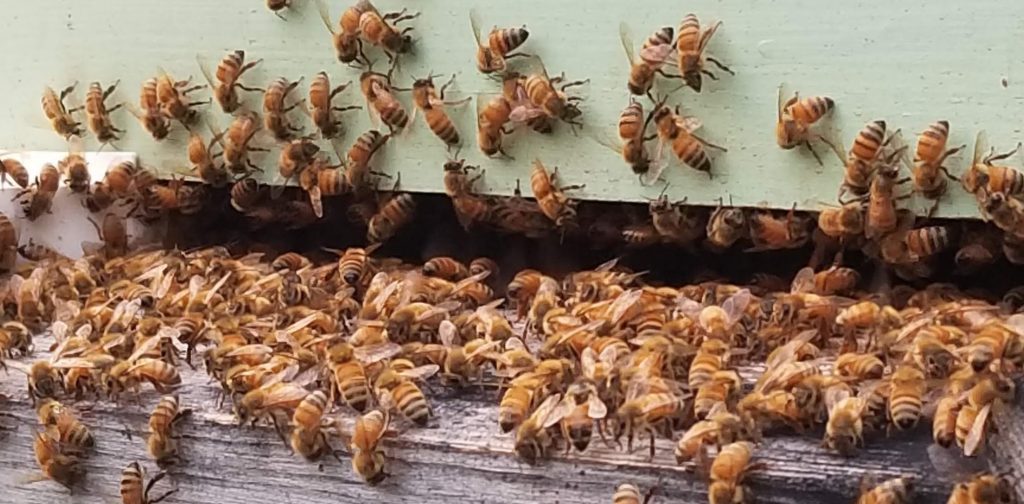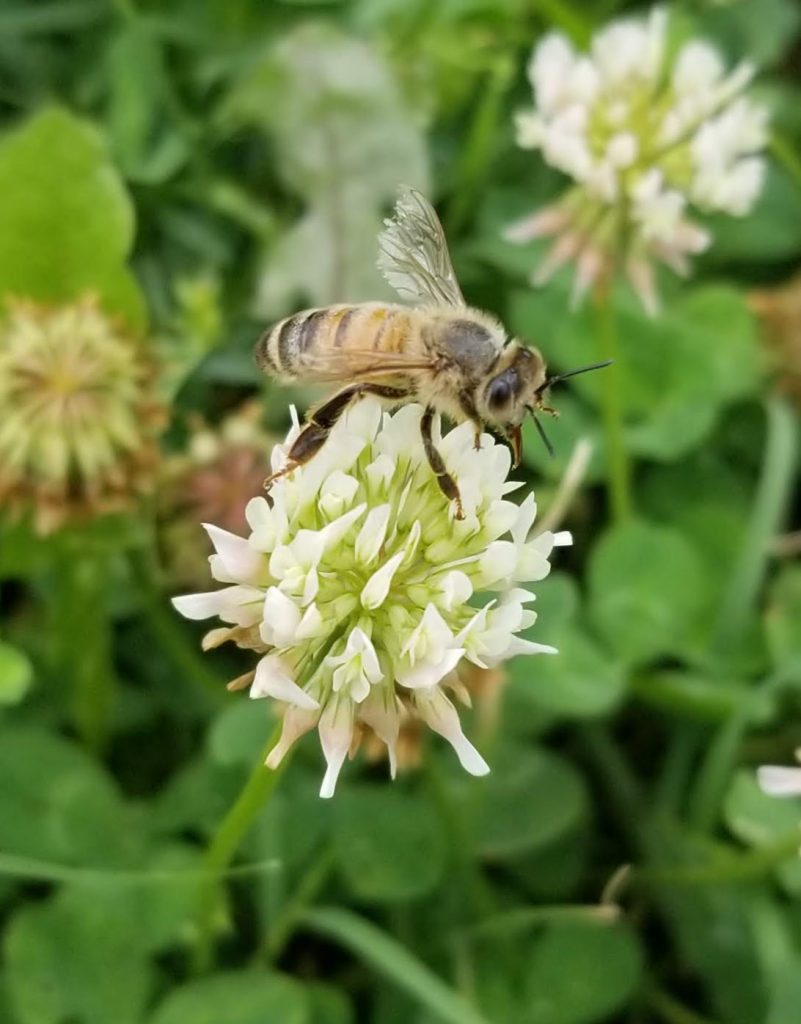
In the intricate society of honey bees, every member plays a crucial role in ensuring the survival and success of the colony. From foraging for nectar to caring for the young, each task is meticulously divided among different castes and age groups within the hive. Understanding this division of labor sheds light on the fascinating dynamics of bee colonies and their remarkable efficiency.
Honey bee colonies consist of three primary castes: queens, drones, and workers. Each caste has its distinct roles and responsibilities, contributing to the overall functioning of the hive.
Queen Bee
At the heart of every hive is the queen bee. She is the largest member of the colony and is responsible for reproduction. The queen’s primary duty is to lay eggs, which will hatch into new bees and sustain the population of the colony. Remarkably, a queen bee can lay up to 2,000 eggs per day during the peak of the breeding season, ensuring the continuity of the colony.
Worker Bees
Worker bees constitute the majority of the hive population and are the backbone of its functionality. These female bees perform a myriad of tasks essential for the colony’s survival. AWorker honey bees are not born into a task in which they remain their entire lives. Instead, they progress through a somewhat predictable series of tasks:
- Cleaning and Nursing: Young worker bees start their lives as nurse bees, responsible for tending to the developing brood and maintaining the cleanliness of the hive. They feed the larvae with royal jelly, a nutrient-rich secretion produced by their glands.
- Hive Maintenance: As they mature, worker bees take on tasks such as building and repairing honeycomb, regulating hive temperature, removing dead bees (undertaker), and guarding the entrance against intruders.
- Foraging: The final stage of a worker bee’s life is spent as a forager. These bees venture outside the hive in search of nectar, pollen, and water. They play a crucial role in pollination, ensuring the reproductive success of flowering plants.
Drone Bees
Unlike queens and workers, drones are male bees whose primary purpose is to mate with virgin queens from other colonies. Drones do not engage in tasks related to hive maintenance or foraging. Instead, they wait in drone congregation areas, where they compete for the chance to mate with a queen during her nuptial flight. Once mating is complete, drones die shortly afterward, as their sole purpose has been fulfilled.

Age-Related Division of Labor
In addition to caste-specific roles, honey bee colonies exhibit an age-related division of labor among worker bees. Tasks within the hive are performed by bees of different ages, ensuring optimal efficiency and productivity.
- Young worker bees (1-2 weeks old) are primarily tasked with caring for the brood and maintaining hive cleanliness.
- Middle-aged worker bees (2-3 weeks old) transition to roles such as building comb and storing food.
- Older worker bees (3 weeks and older) take on the most demanding tasks, such as foraging for nectar and pollen outside the hive.
This division of labor based on age ensures that bees perform tasks suited to their physiological capabilities and experience, maximizing the colony’s productivity and resilience.
Conclusion
The social organization of honey bee colonies, characterized by distinct castes and an age-related division of labor, is a marvel of the animal kingdom. By efficiently allocating tasks among different members, bee colonies thrive as cohesive units, capable of sustaining themselves and contributing to the broader ecosystem through pollination. Studying the intricate dynamics of honey bee societies not only deepens our appreciation for these remarkable insects but also offers valuable insights into collective behavior and organization in nature.
References:
- “Castes Of Honey Bees”: https://hbrc.ca/castes-of-honey-bees/
- “Division of labor in honeybees: form, function, and proximate mechanisms”: https://www.ncbi.nlm.nih.gov/pmc/articles/PMC2810364/
- “Encyclopedia of Insects (Second Edition) 2009, Pages 928-935, Chapter 237, ‘Sociality’ ” : https://www.sciencedirect.com/science/article/abs/pii/B9780123741448002460
- “THE TASKS OF A WORKER HONEY BEE”: https://americanbeejournal.com/the-tasks-of-a-worker-honey-bee/
- “Tasks and Duties throughout the Life Cycle of a Worker Honey Bee”: https://blogs.ifas.ufl.edu/miamidadeco/2022/08/22/tasks-and-duties-throughout-the-life-cycle-of-a-worker-honey-bee/